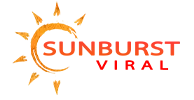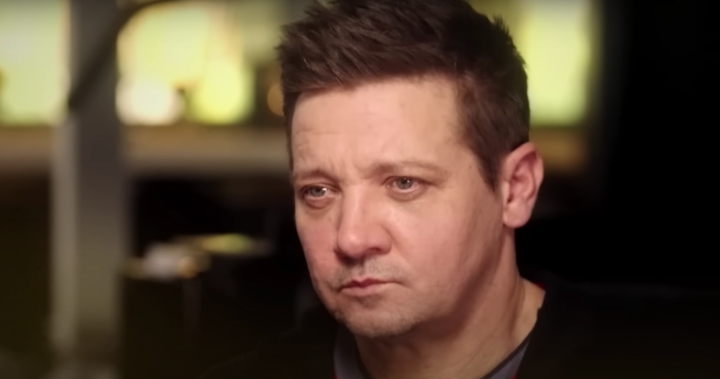When it comes to the natural world, nighttime is almost like an undiscovered country: Once the sun sets, many parts of the Earth can feel just as strange and mysterious as outer space or the deep sea. With Nature at Night: Discover the Hidden World That Comes Alive After Dark, longtime naturalist Charles Hood (who lives in the Mojave Desert with his dogs and two kayaks) brings a refreshing playfulness to his exploration. He begins a chapter dedicated to the nighttime habits of wild cats, “Pumas, Ocelots, and Kodkods: A Cornucopia of Cats,” with an anecdote about British naturalist and photographer Phil Telfer, who is among the few “hardcore mammal spotters” getting close to seeing all 40 species of cats in the wild. Telfer’s “cat list” is at 36, which reveals, Hood writes, “either an admirable dose of passion and dedication or that all Brits are barking mad.” That casual tone makes Nature at Night a propulsive read that is both informative and extremely accessible. Lots of nocturnal animals are under Hood’s close scrutiny here: There are chapters on owls, bats and moths, and one that explores bioluminescent plankton and fireflies, all accompanied by photographs by the author and his many naturalist colleagues. One of the most interesting animals Hood considers is a dragonfly called the globe skimmer, which follows a transoceanic migration route that begins with the monsoon cycle of South Asia and continues all the way to Africa and back again. The insect’s almost unimaginable feat has all the makings of a great Disney epic: “No single individual dragonfly makes the full journey,” Hood writes. “Instead, successive generations use trade winds and rain-fed pools to propel the population on a global journey.”


















